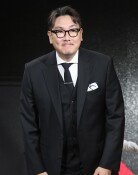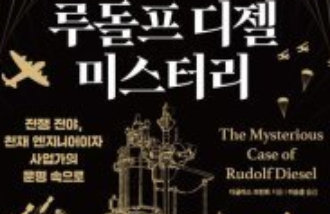N. Korea is expected to conduct consecutive nuclear tests
N. Korea is expected to conduct consecutive nuclear tests
Posted June. 17, 2022 07:47,
Updated June. 17, 2022 07:47

North Korea might be arranging another nuclear test, as suggested by a series of photographs capturing the rebuilding of tunnels at the Punggye-ri nuclear test site. North Korea earlier completed the restoration of Tunnel No. 3 for the seventh nuclear test, and it is now prepping for the construction of Tunnel No. 4 for potential future testing. As Tunnel No. 4 is presumed to be a hydrogen bomb test site, North Korea could be planning consecutive nuclear tests in the near future.
Beyond Parallel under the Center For Strategic and International Studies disclosed a report on Wednesday, which carried satellite imagery near Tunnel No. 3 at the Punggye-ri Nuclear Test Facility. The photographs taken by a private satellite imaging company captured a retaining wall and construction landscaping near Tunnel No. 4. The report analyzed that new construction activity observed at Tunnel No. 4 “strongly suggests an effort to reenable [the facility] for potential future testing.”
Experts suggest that the ongoing works at Tunnel No. 4 are carried out at the behest of North Korean leader Kim Jong Un, aiming at hydrogen bomb testing to miniaturize nuclear warheads, in an effort to bolster up their strength to fight against the enemy. At the eighth central committee of the ruling Workers’ Party held in January 2021, Kim instructed its scientists to miniaturize and lighten nuclear weapons to make them tactical and to produce large-sized nuclear warheads.
The Punggye-ri test facility consists of four tunnels, and Tunnel No. 4 is estimated to be as deep as 800 meters, deeper than Tunnel No. 3 which North Korea has completed restoration. Experts have analyzed that Tunnel No. 3 is intended for testing strategic nuclear weapons, which are relatively less powerful, while Tunnel No. 4 is intended for hydrogen bomb testing with an exceedingly large amount of explosive energy.
Accordingly, it is likely that North Korea first conducts small-sized strategic nuclear weapons tests targeting South Korea at Tunnel No. 3, where the restoration works have practically been complete, and then conducts “high-yield” nuclear weapons testing, like hydrogen bombs, targeting the United States at Tunnel No. 4 in a series of consecutive nuclear tests to complete developing a MIRVed ICBM, which contains several warheads capable of aiming to hit a different target at the same time.
In 2018, North Korea blew up three tunnels by declaring that it would close down the nuclear test facility, except for Tunnel No. 1 that had been shut down after the first nuclear test in 2006. However, the South Korean and U.S. intelligence consider that more than 95 percent of Tunnel No. 3 and Tunnel No. 4, which have not been used for nuclear testing thus far, are remain intact. The intelligence authority believe that the tunnels can be reactivated to be used for nuclear testing if restoration works are done, as the tunnels’ innermost detonation cavities remain unexploded.
“North Korea is seemingly “ready for the oft-speculated seventh nuclear test,” Beyond Parallel said. “North Korea is currently prepared to conduct a nuclear test at any time in case Kim Jong Un decides to do so.”
weappon@donga.com






![병원비 50만 원, 조리원비 5000만 원…‘조리원 호캉스’ 시대 [이미지의 포에버 육아]](https://dimg.donga.com/c/138/175/90/1/wps/NEWS/IMAGE/2025/12/07/132913944.1.jpg)
